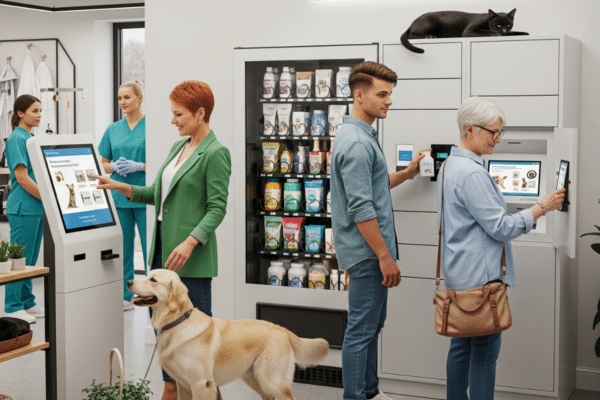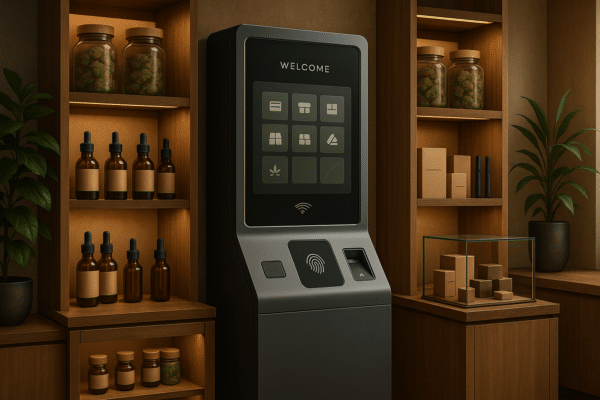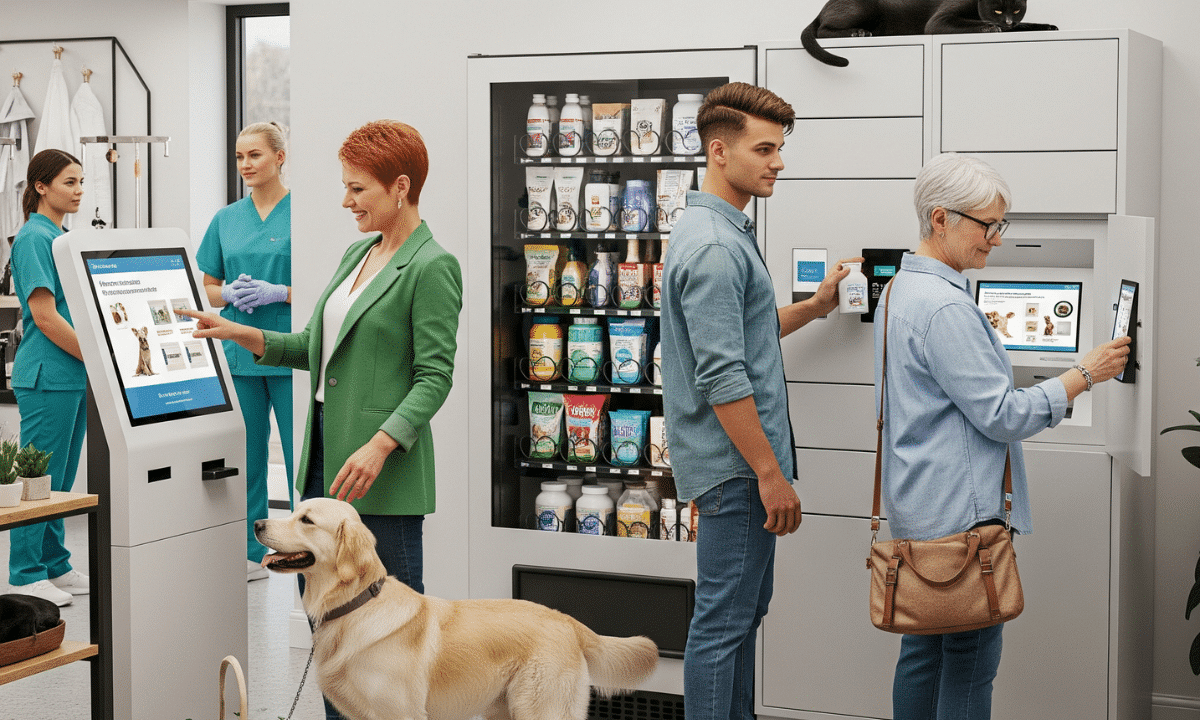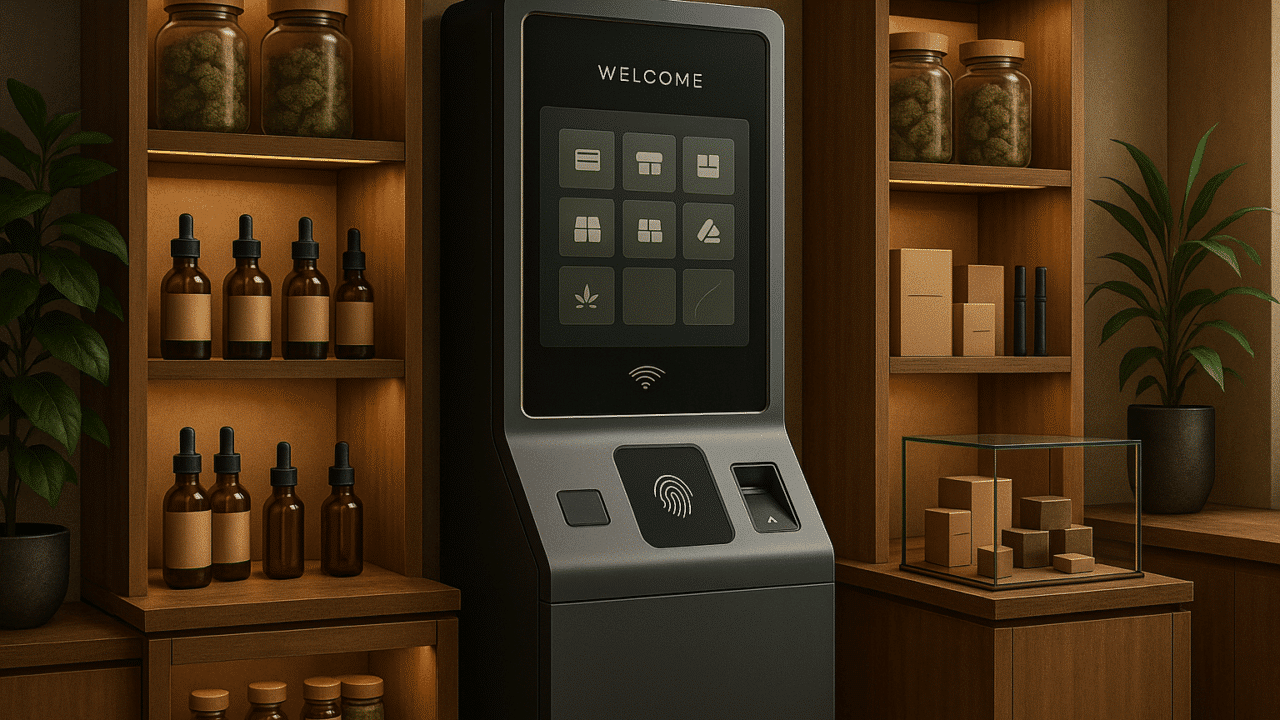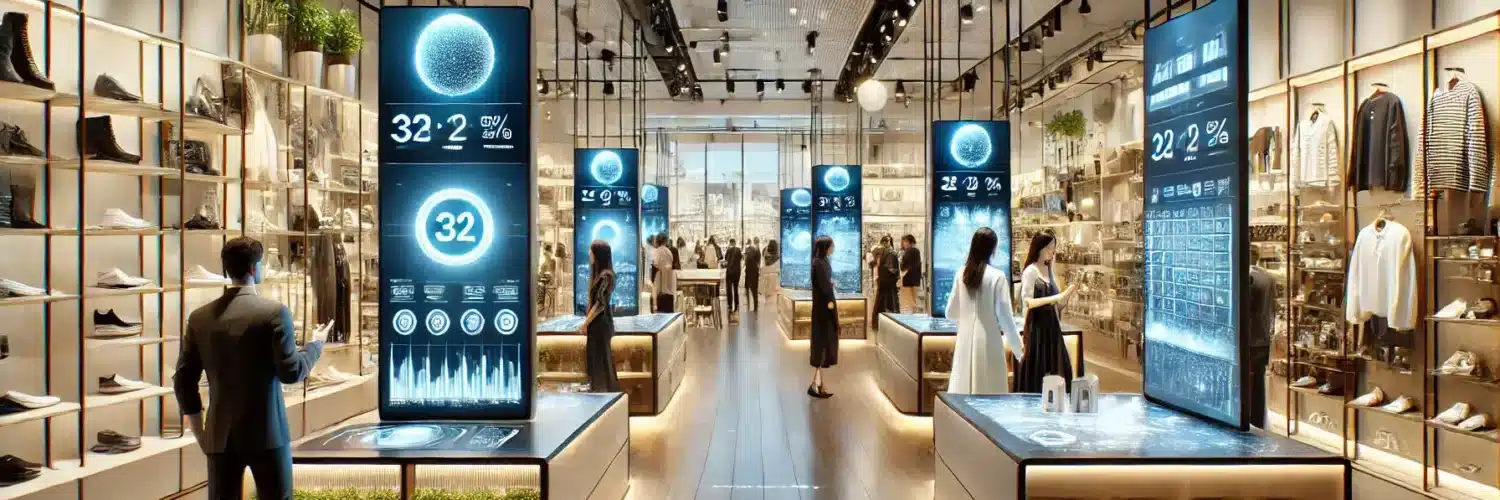
Retail Merchandising Trends: The Future of In-Store Shopping
Retail merchandising is evolving rapidly, driven by consumer expectations, technological advancements, and omnichannel retail strategies. Today’s shoppers expect seamless shopping experiences, therefore, retailers must create a unified journey that blends online and in-store interactions effortlessly.
Retailers that embrace data-driven merchandising, AI-powered analytics, and experiential store layouts are leading the industry—driving engagement, increasing conversions, and strengthening brand loyalty.
At T-ROC, we specialize in retail merchandising solutions that help brands optimize their in-store presence, ensuring products are strategically placed, attractively displayed, and positioned for maximum sales impact.
Here’s how retail merchandising trends are shaping the future of in-store experiences.
AI-Driven Retail Merchandising: Optimizing the Shopping Journey
Artificial intelligence is transforming retail merchandising by enabling smarter product placement, real-time inventory management, and personalized promotions.
How AI is Revolutionizing Merchandising
- AI-powered planograms dynamically adjust shelf layouts based on consumer demand, foot traffic, and product performance.
- Computer vision technology helps retailers monitor stock levels and optimize store displays.
- Heat mapping analytics track customer movement, guiding brands on high-visibility product placement.
- Predictive merchandising uses AI to forecast sales trends and adjust inventory in real time.
Retailers integrating AI-driven merchandising are improving sales performance, reducing inventory loss, and enhancing customer engagement.
📖 Want to see how AI is shaping visual merchandising? Explore our expert insights on AI in retail.
📖 Discover AI’s role in merchandising. Read this report from McKinsey & Co.
Blending Digital and Physical Retail: The Omnichannel Approach
Shoppers today expect a unified experience across digital and in-store channels. In fact, 73% of consumers are now omnichannel shoppers, meaning they engage with brands both online and in person before making a purchase. As a result, retailers need to align their merchandising strategies across all touchpoints to meet evolving consumer expectations.
Key Omnichannel Merchandising Strategies
- Mobile-first shopping tools like QR codes for instant product details and availability.
- Smart kiosks that allow shoppers to browse, compare, and order products in-store.
- Real-time inventory syncing, ensuring product availability is accurate across online and brick-and-mortar stores.
Retailers embracing omnichannel merchandising see higher engagement, stronger brand loyalty, and improved conversion rates.
📖 See how merchandising integrates into omnichannel retail success. Explore our insights on merchandising services.
📖 Want to optimize your omnichannel merchandising strategy? Download this Forrester research report.
Experiential Retail: Making Shopping Memorable
Shoppers are no longer satisfied with just browsing shelves—they want interactive, immersive experiences that connect them with brands. Experiential merchandising enhances in-store engagement, increasing the likelihood of purchase and fostering long-term customer relationships.
How Brands Are Using Experiential Merchandising
- Live product demos not only allow shoppers to see, touch, and test products before purchasing, but they also create immersive experiences that increase engagement and conversion rates.
- Augmented reality (AR) try-ons in beauty and fashion, letting customers visualize products in real-time.
- Smart fitting rooms with digital mirrors that provide personalized outfit recommendations.
- Multi-sensory experiences, combining lighting, scent marketing, and digital displays for deeper engagement.
Retailers that incorporate experiential merchandising see higher conversion rates, longer in-store dwell times, and increased customer satisfaction.
📖 Want to learn how experiential retail impacts customer engagement? Explore our visual merchandising insights.
📖 See how experiential retail drives sales. Read this case study from CB Insights.
Data-Driven Merchandising: The Power of Analytics in Retail
Retailers are relying on real-time data and analytics to make smarter decisions about product placement, inventory, and promotions.
Key Data-Driven Merchandising Strategies
- AI-powered inventory tracking to minimize stockouts and ensure products are always available.
- Dynamic pricing models that adjust product pricing based on demand and competitor pricing.
- Customer behavior analytics to predict shopping patterns and personalize promotions.
Retailers using data-driven merchandising are improving operational efficiency, reducing markdown losses, and enhancing the customer experience.
📖 Learn how real-time analytics shape merchandising. Download this Deloitte report.
The Future of Retail Merchandising: Is Your Brand Ready?
Retail merchandising is evolving, and brands that embrace AI, omnichannel integration, and experiential strategies will shape the future of in-store shopping.
At T-ROC, we specialize in:
- Retail staffing solutions that enhance in-store engagement.
- AI-powered analytics that optimize merchandising effectiveness.
- Omnichannel merchandising strategies that bridge digital and physical retail.
- Custom merchandising programs designed to make brands stand out.
Looking for a merchandising strategy that drives sales and enhances customer engagement? Let’s talk about your retail execution today.

